
JAPANESE PRINTS
A MILLION QUESTIONS
TWO MILLION MYSTERIES
Ukiyo-e Prints浮世絵版画 |
|
Port Townsend, Washington |
|
A CLICKABLE INDEX/GLOSSARY (Hopefully this will be an ever changing and growing list.)
Hos thru I |
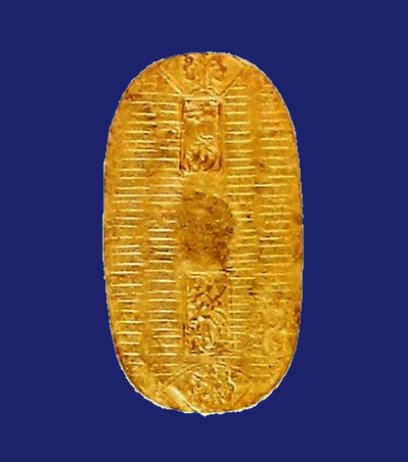
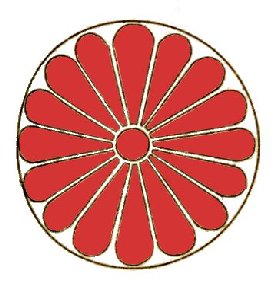
|
|
The gold koban coin on a blue ground is being used to mark additions made in June 2008. The red on white kiku mon was used in May 2008. |
|
|
|
TERMS FOUND ON THIS PAGE:
Hoshi, Hoshi-ami, Hyōshigi, Hotaru,
I, Ichikawa Danjūrō VIII, Ichikawa Danjūrō IX, Ichikawa Ebizō V, Inro, Iori, Irohabiki monchō, Irezumi, Ishi, Ita-bokashi, Ita-mokuhan, Itomaki, Iwai Hanshiro, Iwai Kumesaburō II and Iwai Kumesaburō III
星, 干し網, 蛍, 拍子木, 井, 市川団十郎, 八世代市川団十郎, 九世代市川団十郎, 市川海老蔵(5代目), 市川小団次, 市川男女蔵, 市松, 市村羽左衛門十七代目, 一谷嫩軍記, 一老, 一老画譜, 銀杏, 銀杏紋, 錨, 一休, 稲妻, 稲, 印相, 庵, 刺青 いろは, 石, 石摺絵, (Ita)暈, 板目木版, 糸巻, 岩井半四郎, etc.
|
|
|
TERM/NAME |
KANJI/KANA |
DESCRIPTION/ DEFINITION/ CATEGORY Click on the yellow numbers to go to linked pages. |
|
Hoshi |
星
ほし
|
Hoshi, i.e., star motifs: If I could make a game of this I would show you the two images on the left and ask you to guess what they represent. Then I would show you the correct answer on another page. But that is a lot of work. Personally I doubt that many of you would guess that they are variations on star motifs. I know that I wouldn't get it right. But that is what they are.
Dower has quite a bit to say about these patterns noting that the Japanese of the Nara and Heian periods were quick to accept Chinese concepts of astrology and geomancy. "Each person had his own particular guardian star, determined by his date of birth. Similarly, certain stars and constellations had their own particular associations and were believed capable of existing protective influence."* Scrolls, clothing and the carriages of the aristocracy were often decorated with these circular patterns. (Remember there are many more variations on this motif than the two shown here.)
Because of the auspicious nature of star symbolism quite a few warrior clans adopted this motif as their crest.
"A depiction of three stars...was associated with Orion [オライオン] and called the 'three warriors' or 'stars of the general' in both Chinese and Japanese. In a similar manner, seven or more stars were associated with worship of Ursa Major...[ 大熊座 or おおぐまざ]"
Source and quotes from: The Elements of Japanese Design, by John W. Dower, p. 43.
*Above I quoted Dower stating that each person had a guardian star based on his/her date of birth. That is not dissimilar to the worship of patron saints among the Catholics. Recently I was talking to my friend Scott Alexander Jones (スコット.アレクサンダー.ジョーンズ) and we were talking about names. When I mentioned that I liked his middle name he told me that it didn't come from Alexander the Great, but from someone named St. Alexander. Scott is only twelve right now and didn't know which St. Alexander it was, but he knew that it was one of them. Although four Alexanders have their feast days in October none of them line up exactly with his birthday. |
|
Hoshi-ami |
干し網(?)
ほしあみ |
Fishnet motif |
|
Hotaru |
蛍
ほたる |
Firefly: Merrily Baird in her Symbols of Japan: Thematic Motifs in Art and Design (pp. 110-111) notes that "As early as the Nara period..." fireflies were a poetic symbol for passionate love. During the Heian period the nobility went on outings to view and capture these insects on warm summer nights. "From the Chinese, the Japanese appear to have derived the custom of viewing fireflies as souls of the dead..." The ones at the Uji River near Kyoto even came to represent the deceased warriors of the opposing armies of the struggle between the Minamoto and Taira clans during the 12th century. "Given it's size..." Baird concludes "...the firefly does not lend itself to solo treatment on a large scale."
The detail to the left is from a print by Yoshitoshi. |
|
The image to the left is a detail of a print with certain figures by Toyokuni III, like the one shown above and the night background by Hiroshige. The bijin shown here appears to be carrying a cage filled with hotaru. She could have caught them herself as seen in an early print by Harunobu or she could have bought them from an hotaru-uri or firefly merchant. Such hawkers are mentioned in J. E. De Becker's Yoshiwara: The Nightless City (p. 14) as hanging out during summer months in the Yoshiwara.
The detail shown above is from a print by Kuniaki. |
||
|
These two details are both from prints by Kiyochika. The one below is from "Tennōji-shita Koromogawa" (天王寺下衣川 or てんのうじしたころもがわ) Koromo River below Tennōji Temple, 1880
|
The entry on fireflies in
the
Kodansha Encyclopedia
of Japan
entry by Saitō Shōji (vol. 2, p. 280) mentions the "...legend of a poor
scholar who unable to afford lamp oil, studied by the glow of fireflies in
the summer." Sei Shōnagon [清少納言 or せいしょうなごん] made a list of attractive
things and placed fireflies on a moonless night at the top of her list. "In
the Tale of Genji... Prince Hotaru, Genji's half-brother, catches his
first glimpse of Lady Tamakazura by the light of fireflies." Saitō ends this
section by noting the popularity of 'firefly viewing' during the Edo period.
"There were special boats for viewing fireflies at the river Ujigawa in
Kyōto and at Ishiyama on the shore of Lake Biwa.
The following entry on 'firefly viewing' is by Inokuchi Shōji. Hotarugari (蛍狩り or ほたるがり) originally was a pastime for Heian aristocracy (794-1185), but by the Edo period (1600-1868) it was popular among all groups. "Since the number of fireflies in Japan has decreased because of pollution and agricultural chemicals, fireflies are raised for hotels and large restaurants, which sponsor firefly displays to attract guests." A wonderful web site run by the University of Virginia notes the use of pesticides as a major problem in the decline of fireflies. The pesticides kill kawanina (川蜷 or かわにな) or river snails off which firefly larvae feed. |
|
|
In Mock Joya's Things Japanese (Japanese Times, Inc., 1985 edition, pp. 124-125) children are described hunting for fireflies with fans and bamboo branches. When caught they were often put in cages covered in gauze. "In cities, hotaru are sold in cages at street stalls." "Hotaru-gassen [蛍合戦 or ほたるがっせん] or firefly battles are one of the most wonderful summer sights. Huge masses of fireflies come from different directions and mingle in confusion as they come together, making hillsides and streams bright with tiny yellowish lights."
Source: Ancient Tales and Folklore of Japan, by Richard Gordon Smith, Bracken Books, 1986 edition, first published in 1918, pp. 282-86. |
||
|
|
||
|
Hyōshigi |
拍子木
ひょうしぎ |
Wooden clappers used in kabuki theater "...for sound effects such as running feet and clashing swords."
Quoted from: The Actor's Image: Print Makers of the Katsukawa School, Timothy Clark, Osamu Ueda and Donald Jenkins, Princeton University Press, 1994, p. 264.
"Another characteristic kabuki sound that may be classified with ceremonial music is the wooden clappers known as hyōshigi (or simply as ki). These not only mark the beginning of a play, but at times - as wehn they are beaten while the curtain is being drawn - become almost an integral part of the production... [or]...to point up the moment when an actor strikes a mie."
Quote from: Kabuki, by Masakatsu Gunji, published by Kodansha International, 1985, p. 51.
"Wooden clappers (hyōshigi) are one of the things peculiar to Kabuki. It is simply a matter of banging together two sticks of white oak, but one side of each is carved so that it has a convex shape. These two sides are banged together, and the accepted view is that the best sound is only produced if they are cut back form the same piece of wood."
Quote from: Japan on Stage: Japanese Concepts of Beauty as Shown in the Traditional Theatre, by Kawatake Toshio, published by 3A Corporation, Tokyo, 1990, p. 115.
The image to the left of the fan is a detail from a print by Kunisada from ca. 1826. |
|
I (pronounced ē) |
井
い
|
A well motif used in fabric designs and family crests or mons. This pattern is also referred to as an igeta (井桁 or いげた) or well-curb, i.e., the border around the mouth of a well. John W. Dower also notes that it can be called an izutsu (井筒 of いづつ). He added: "The well crib was one of the most popular motifs in Japanese heraldry and stands as an excellent example of the virtuosity of Japanese artists in elaborating upon a simple basic theme. Unlike many other motifs, it does not appear to have conveyed several layers of meaning, but was selected primarily for its simple beauty, and for denotative purposes. The latter function derived from the fact that a great variety of Japanese surnames contain the ideograph for i..."
Quoted from: The Elements of Japanese Design p. 128.
|
| Ichikawa Danjūrō VII (cf. Ichikawa Ebizō V) |
市川団十郎
いちかわ.だんじゅうろう |
|
|
Ichikawa Danjūrō VIII |
八世代市川団十郎
ばちせだ.いちかわ.だんじゅうろう
|
Popular Kabuki actor (1823-54) who committed suicide at the height of his popularity. The son of Danjuro VII. 1, 2 |
|
Ichikawa Danjūrō IX |
九世代市川団十郎 いちかわ.だんじゅうろう |
Actor 1839-1903 1 |
|
Ichikawa Ebizō V |
市川海老蔵(5代目)
いちかわ.えびぞう |
Actor 1791-1859. He also performed under the name Danjuro VII. The father of Danjuro VIII - see above. |
|
Ichikawa Kodanji IV |
市川小団次
いちかわ.こだんじ |
Kabuki actor 1812-66. 1 |
|
Ichikawa Omezō I |
市川男女蔵
いちかわ.おめぞう |
Kabuki actor 1781-1833. 1 |
|
Ichimatsu |
市松
いちまつ |
A checkered pattern. Also referred to as ishi-datami (石畳 or いしだたみ) which literally means 'paving stones'. |
|
Ichimura Uzaemon XVII |
市村羽左衛門十七代目 いちむら.うざえもん じゅうしちだいめ |
Actor - Born 1916 1 |
|
Ichinotani futaba gunki |
一谷嫩軍記 いちたに.ふたばぐんき |
Kabuki play: "Chronicle of the battle of Ichinotani" 1 |
|
Ichirō |
一老 いちろう |
One of Gakutei's art names |
|
Ichirō Gafu |
一老画譜 いちろうがふ |
"Ichiro's Picture Album" (see listing above) |
|
Ichō |
銀杏
いちょう |
Ginko: The leaf of this tree is often related to female fertility. It's "...golden colour brings good fortune, and... is therefore kept in a woman's chest of drawers."
But the most remarkable feature of the gingko tree and hence its association with female fecundity is due to a rather strange aspect of its growth. "Trunk and branches produce queer pendent overgrowths which look like woman's breasts; it is, therefore, a 'milk-tree', a tree of progeny."
Quotes from: U. A. Casal, "Lore of the Japanese Fan", Monumenta Nipponica, vol. 16, no. 1/2, 1960, pp. 84-85.
The images shown to the left and below are used courtesy of Shu Suehiro at http://www.botanic.jp/index.htm.
|
|
Ichō mon |
銀杏紋
いちょう.もん |
Ginko crest: Often used as a decorative motif. Brought to Japan from China this tree dates back several hundred million years. For whatever reasons, symbolic or because of its beauty and uniqueness, it can frequently be found at temples and shrines and was selected to border the moat surrounding the Imperial Palace in Tokyo.
Long before there was that famous Superman question - you know, the one about a bird or a plane - there was the ginko/bird. The crest shown to the left at the top of this section is a wonderful example of Japanese creativity. Someone, i.e., a Japanese 'designer' must have watched a ginko leaf falling and thought - in Japanese of course - "That looks a lot like a swooping bird." Ergo this particular crest.
|
|
Ikari |
錨
いかり |
An anchor. There are multiple variations on the anchor for different family crests or mons. The image to the left below is a detail from a Yoshiiku triptych showing one small area of a robe of a courtesan decorated with an anchor.
|
|
Ikkyu |
一休 いっきゅう |
Zen priest - poet and thinker 1394-1481 1 |
|
Inazuma |
稲妻
いなずま |
A flash of lightning. Often used as a mon or crest in any one of a number of diverse variations. The kanji can also be vocalized as 'inaduma' or いなづま. 1 |
|
Ine |
稲
いね |
A rice plant motif. There is hardly anything which could have a greater significance to the Japanese. Staff of life, the measure of one's wealth, religious emblem - it covered it all in the most positive ways. The importance of the rice farmer in Japan even today should give one an indication of the overriding esteem in which the plant is held. |
|
|
印籠
いんろう
|
Inrō: Literally seal + basket. Isn't it odd that in the whole world of ukiyo prints inrō are hardly ever shown. In fact, the large image to the left from a book illustration by Toyokuni I dating from the early 19th century is the only one I can think of. Perhaps they show up in certain surimono, but in general they are almost non-existent. Of course, this is not the case in the real world. Inrō have been a hot-market item for the last fifty years or so. Anyone familiar with Japanese objets d'art knows what these are. ¶ Kimonos didn't have pockets and people needed a way to carry their medicines, inks for writing or cosmetics for beautification. There were pouches which could be carried, but the inrō were far less intrusive. ¶ However, originally they served a different function: As the kanji suggests they were used to carry one's personal seal and seal-paste so that their mark could be affixed to documents. "Their decoration encompasses in miniature virtually the entire range of lacquering styles and techniques current during the period. The rich variety of themes and styles among inrō reflects their importance as an emblem of the taste, status, and wealth of the owner. ¶ Inrō may have one or more compartments surmounted by a lid. The usual shape has a rectangular face and a flattened, elliptical cross-section, which hangs conveniently close to the body when suspended from the obi. Cord-channels run vertically through all the sections of an inrō, so that the sections are held in place by a silk cord threaded through all the sections. The ends of the cord are passed through a bead, then secured to a toggle, usually a miniature carving, known as a netsuke."
Quote from: Kodansha Encyclopedia of Japan entry by Ann Yonemura (vol. 3, p. 313) |
|
Inzō |
印相
いんぞう
|
The Buddhist mudra or sign made by the position of the hand or hands. "In Buddhist iconography every buddha is depicted with a characteristic gesture of the hands. Such gestures correspond to natural gestures (of teaching, protecting, and so on) and also to certain aspects of the Buddhist teaching or of the particular buddha depicted."
Quoted from: The Shambhala Dictionary of Buddhism and Zen, p. 148.
The examples to the left were provided by our generous contributor E. Thanks E!
The top example represents the abhaya mudra which is a gesture of fearlessness and granting protection. The bottom one is the varada mudra which stands for the granting of wishes.
There are several other mudras not shown here. For those of you who are interested I would suggest a search on Google or whatever else serves as your favorite search engine.
|
|
Iori |
庵
いおり |
A shelter or hermitage which often used as a stylized family mon or crest. Although this example includes a floral motif under the roof and between the beams of the shelter there are many other variations on this form. The floral motif need not be there. Nor does the shelter have to look exactly like this one. |
|
|
いろはびき.もんちょう |
"Book of crests in the order of the iroha alphabet": Edited by Tanaka Kikuo, published by Matsuzaki Hanzō, Tokyo, 1881. Copper plate illustrations. 2 1/4" x 6 3/8". "These crests are arranged in the order of the Japanese kana syllabary, or alphabet, known as the 'iroha.'"
Source and quote from: Rain and Snow: The Umbrella in Japanese Art, by Julia Meech, published by Japan Society Inc., 1993, p. 119.
These crests were originally used by certain families, but "By the Edo period, however, even commoners, although they had no surnames, adopted emblems for their fancy clothing. Tradesmen took crests for trademarks and used them to decorate everything from toys to umbrellas. Kabuki actors and courtesans also aped the elite and often took more than one crest." Later Meech added: "There are between 4,000 and 5,000 design variations. During the the [sic] Edo and Meiji periods they were published in designers' catalogues know as monchō, usually in black and white." (Ibid.)
The Irohabiki monchō in the show at the Japan Society is from the collection of the Newark Public Library. |
|
Irezumi |
刺青 いろは
いれずみ
|
A term for tattoo which is also called horimono. To the left (top) is a detail from a print by Tadamasa of Danshichi Kurobei from 1950. Below that is a larger detail showing Fudo Myoō.
|
|
Ishi |
石
いし |
Ishi is the Japanese word for stone. The image to the left is just one of many different variations on a popular choice of family crests. John Dower identifies these as paving stones. "Among the rigidly prescribed court costumes of prefeudal Japan, the check pattern was so esteemed that its use was restricted to courtiers who ranked higher than the third rank. The 'paving stone' motif reflects this esteem, rather than any particular significance attached to such stones themselves."
Quoted from: The Elements of Japanese Design p. 142. |
|
Ishizuri-e |
石摺絵 いしずりえ |
'Stone-printed picture(s)': Made in imitation of the ancient Chinese art of stone rubbings. "...in Japan, it was normally wood that was engraved and the more correct Japanese term is takuhon - a 'book of rubbings'."
Quote from: The Art of the Japanese Book, by Jack Hillier, published by Sotheby's, vol. 1, 1987, p. 311.
To read more about 'stone-printed pictures' click on the image to the left. |
|
(Ita)暈
(Ita)ぼかし
|
Ita-bokashi is a printing technique for creating soft edged, lineless gradations within an image. The block is chamfered by sanding down or cutting away the edge. Rebecca Salter notes that this method was often used for the folds of garments. This is commonly the case with shini-e or memorial prints among others, but clearly was also used for subtle gradations in areas other than that of fabrics. See the images to the left.
The image on top to the left is a Kuniyoshi chuban print - one of a triptych. It shows a woman holding a child standing in the snow while dogs frolic behind her. A close inspection of this print offers three distinct areas of ita-bokashi: the warehouses in the background; the reddish fur on the dogs; and the shading in the snow caused by the human and animal traffic.
This image was sent to us by my friend M. Thanks M!
Rebecca Salter in her Japanese Woodblock Printing (University of Hawai'i Press, 2001, p. 120) stated that ita-bokasi is "....gradation through chamfering the edge of the block. Often used to show folds in garments."
|
|
|
Ita-mokuhan |
板目木版
いためもくはん |
The printing of a wood grain within a print. A wood plank is soaked in water to open up the grain and is then inked and printed to intentionally reproduce the nature of the wood itself.
The images to the left are both details from a Toyokuni III print sent to us by our great contributor Eikei (英渓).
|
|
Itomaki |
糸巻
いとまき |
A card of thread motif from the late feudal era. Similar, but more elaborate designs shows spools of thread with each length indicated. However, here this motif is simplified to it barest minimum. In fact, it is so simple that if you didn't know what you were looking at you probably would not have a clue as to its true meaning.
|
|
Iwai Hanshirō |
岩井半四郎 いわい.はんしろう |
Kabuki actor 1 |
|
Iwai Kumesaburō II |
岩井久米三郎
いわい.くめさぶろう |
Kabuki actor 1799-1836 1 |
|
Iwai Kumesaburō III |
岩井久米三郎
いわい.くめさぶろう |
Kabuki actor 1829-82. He also performed under the name of Iwai Hanshiro VIII. 1 |
|
A thru Ankō |
|
Aoi thru Bl |
Bo thru Da |
De thru Gen |
Ges thru Hic |
Hil thru Hor |
|
J thru Kakure-gasa |
|
Kakure-mino thru Ken'yakurei |
|
Kesa thru Kodansha |
|
Kōgai thru Kuruma |
Kutsuwa thru Mok |
Mom thru N |
3.jpg) O thru Ri |
Ro thru Seigle |
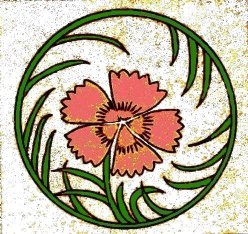 Sekichiku thru Sh |
Si thru Tengai |
Tengu thru Tsuzumi |
|
Yakusha thru Z |
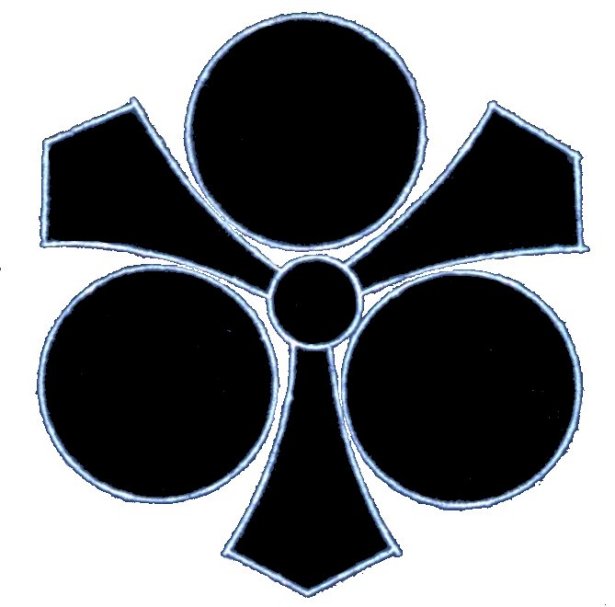
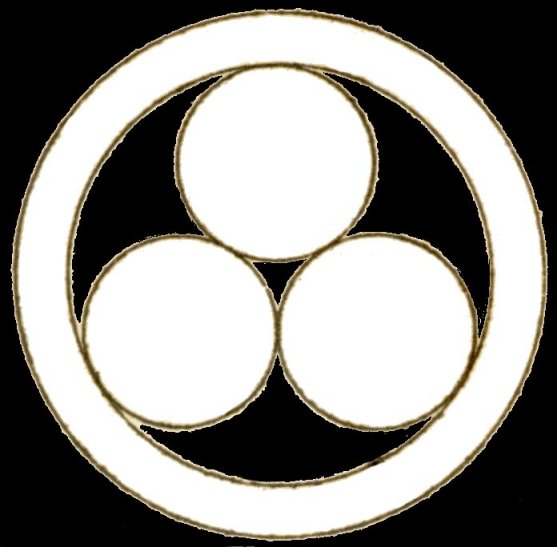
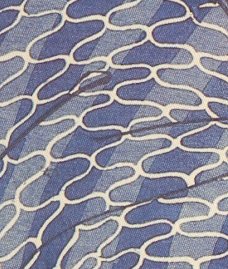
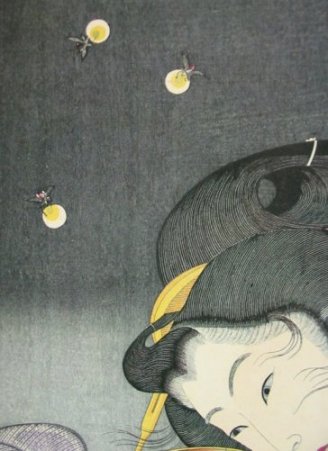
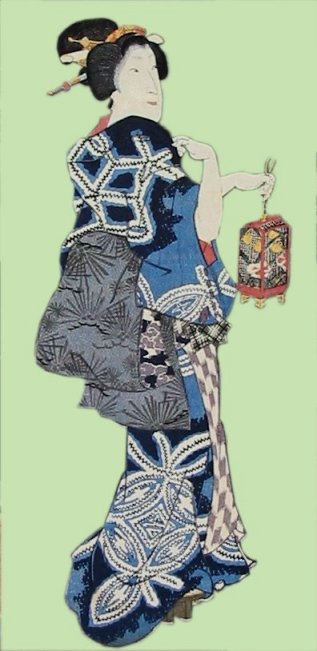
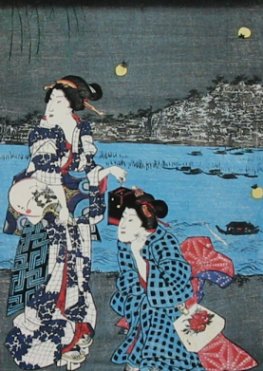
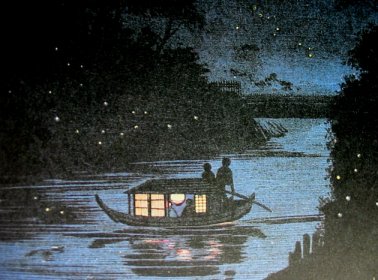
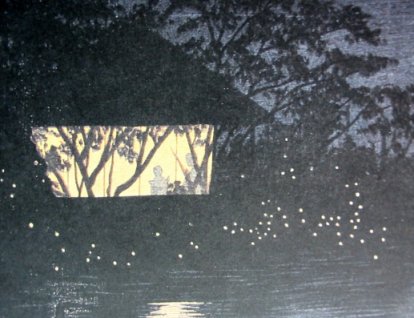
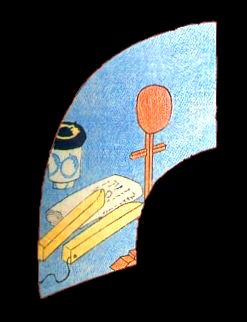
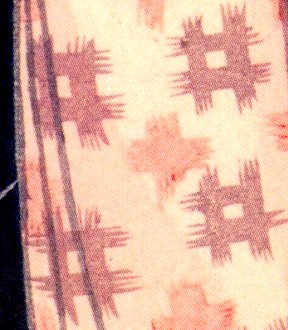

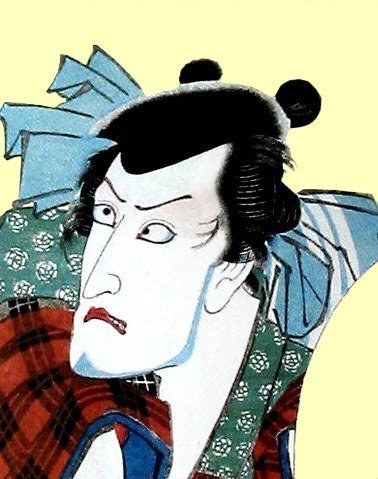
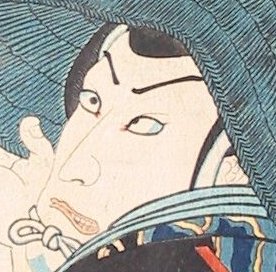
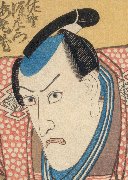
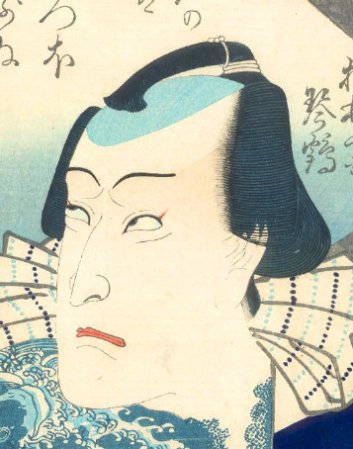
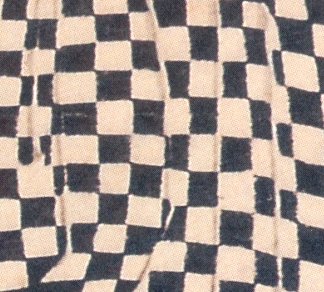
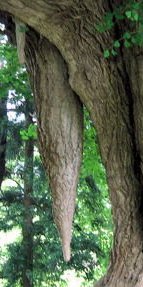
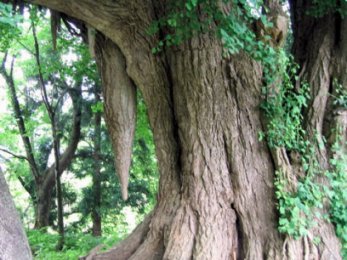
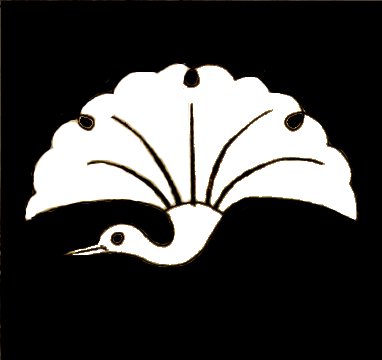
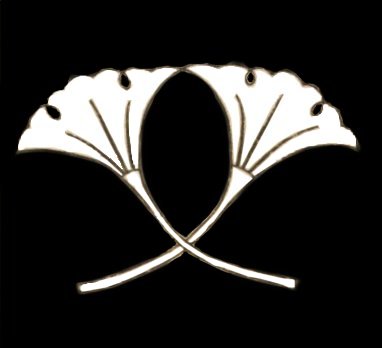
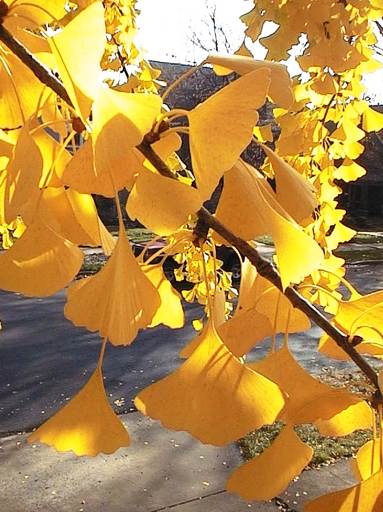
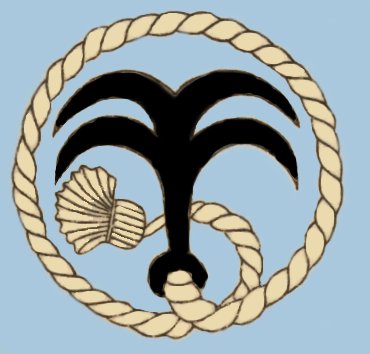
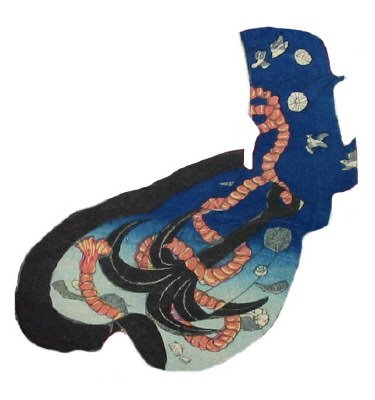
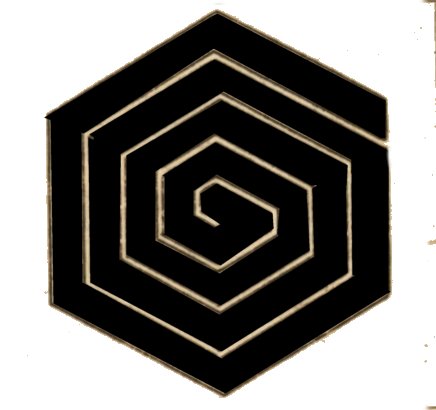
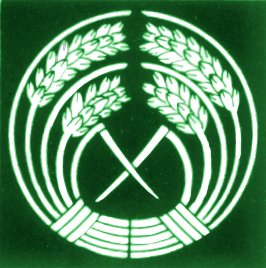
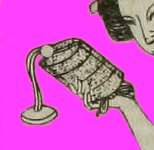
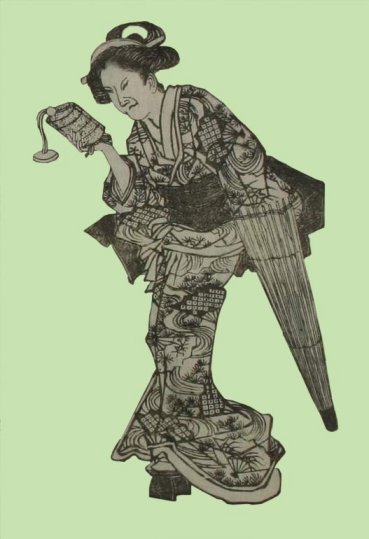
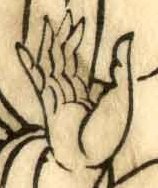
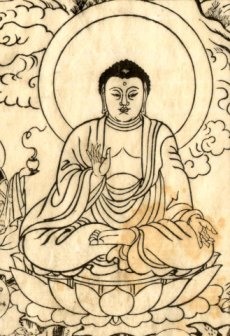
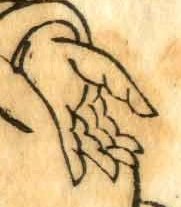
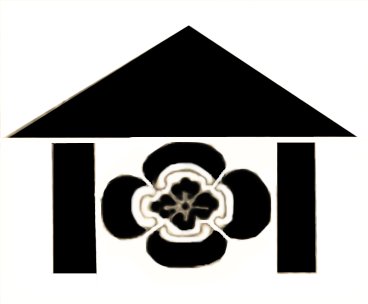
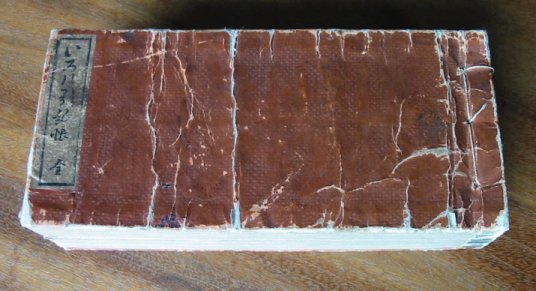

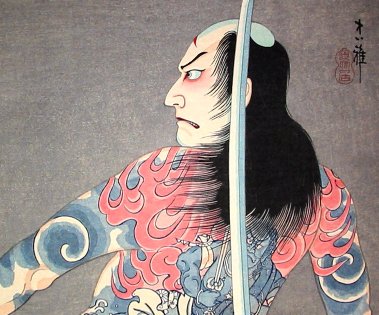
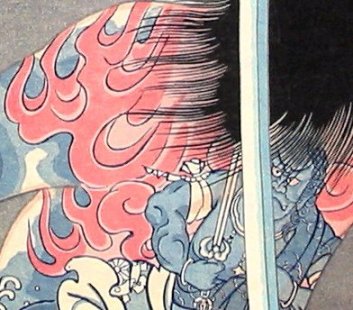

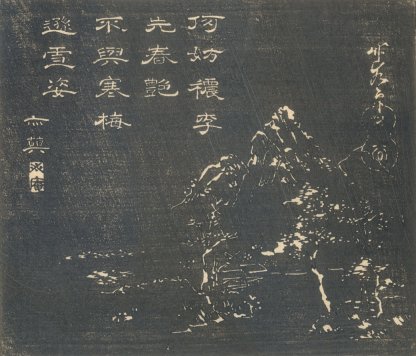
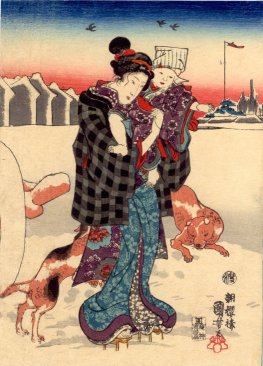
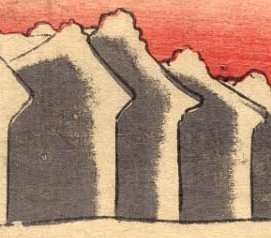

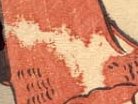

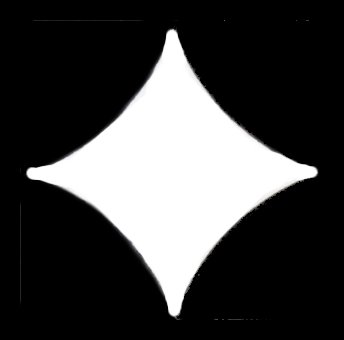
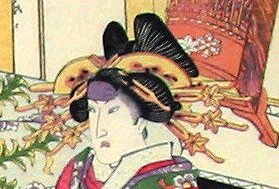
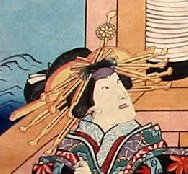
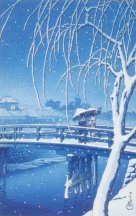
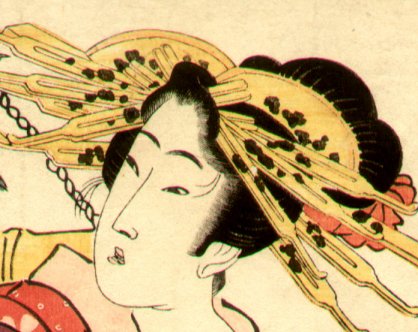


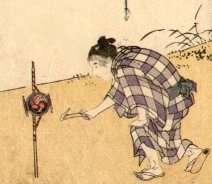
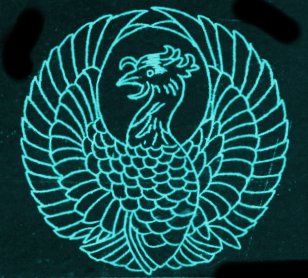
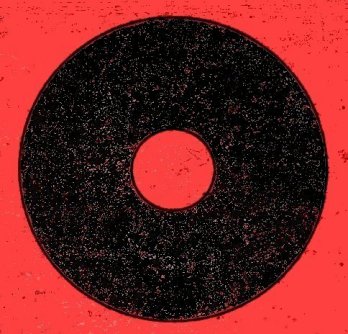
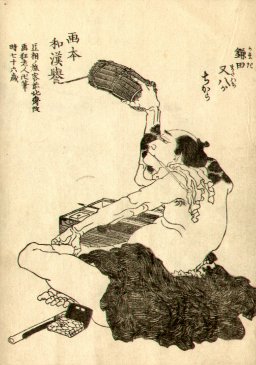
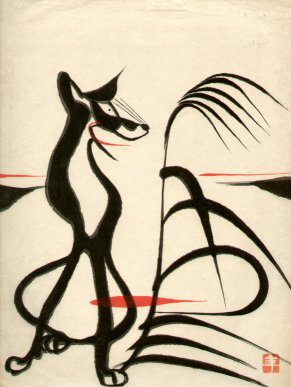
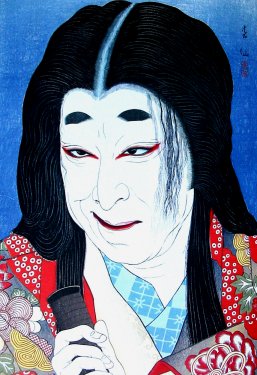
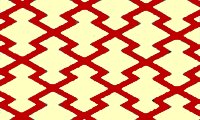
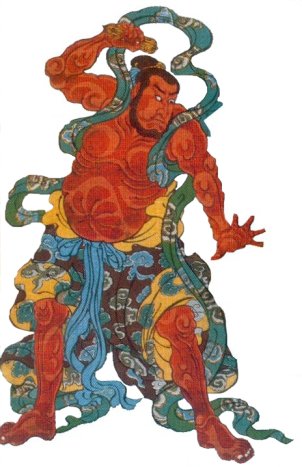
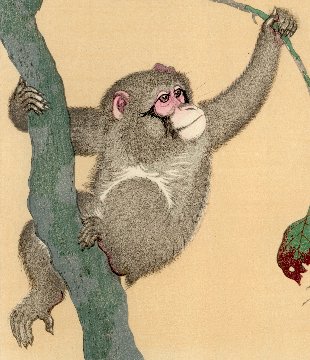
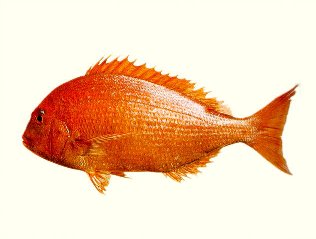
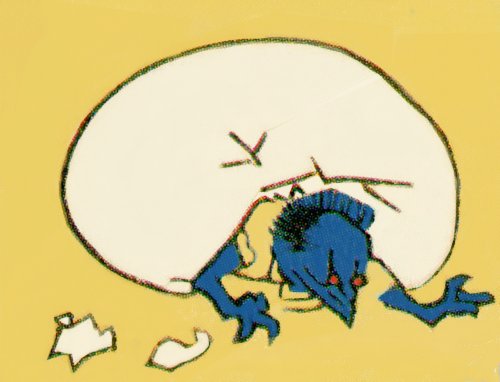
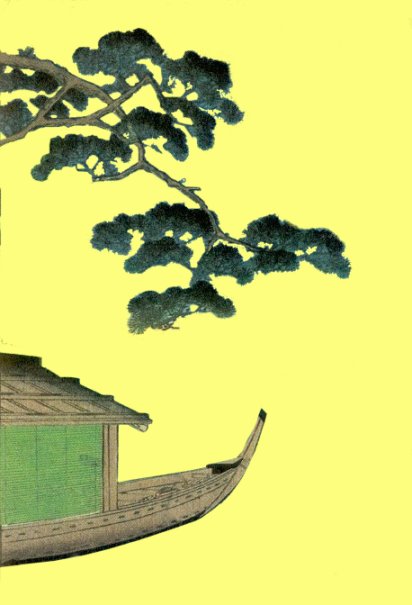
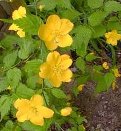
 HOME
HOME